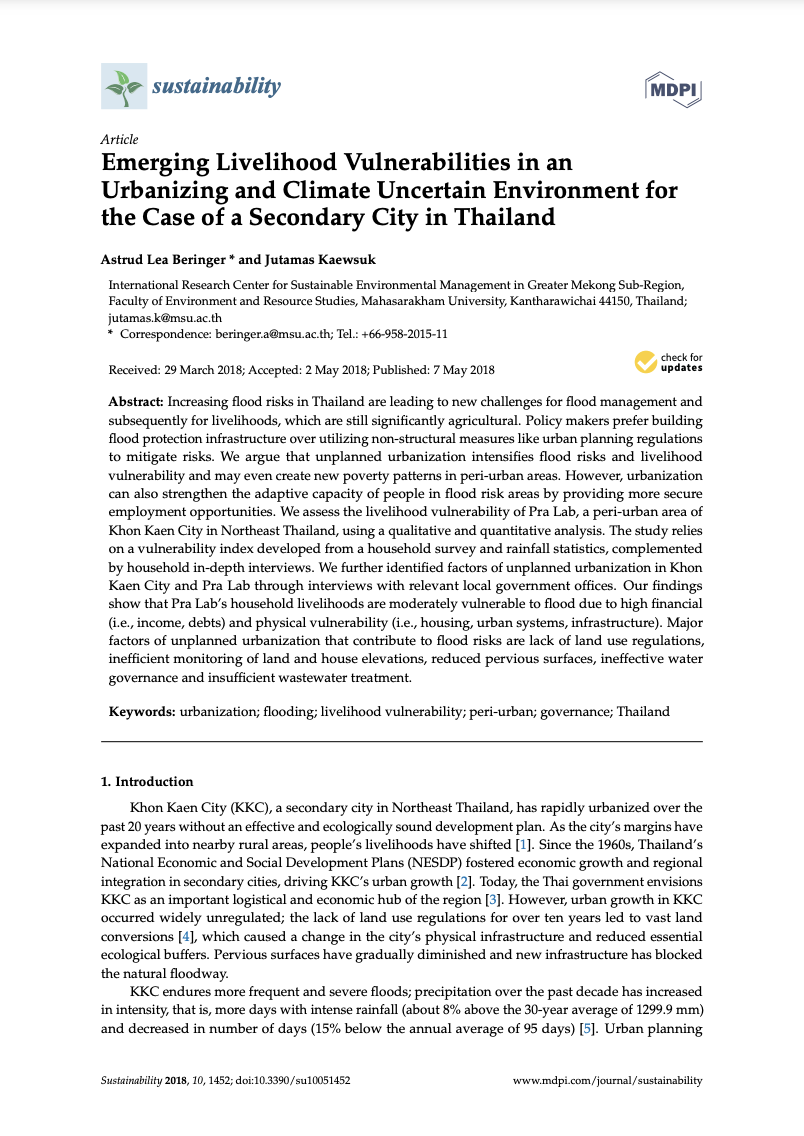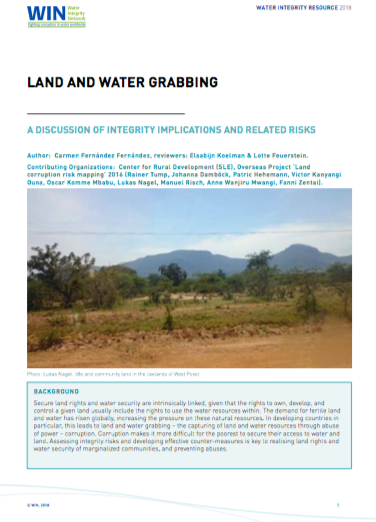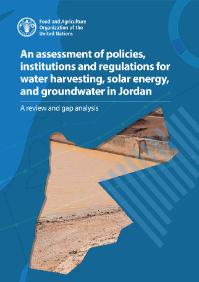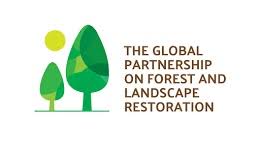La cosecha de agua, un diálogo entre conocimiento de saberes y el conocimiento técnico
En este texto sistematiza una experiencia familiar de trabajo de cosecha de agua para la producción agropecuaria y para el consumo en la comunidad Phina Sallathiji del municipio de Corocoro, provincia Pacajes de departamento de La Paz en Bolivia.








